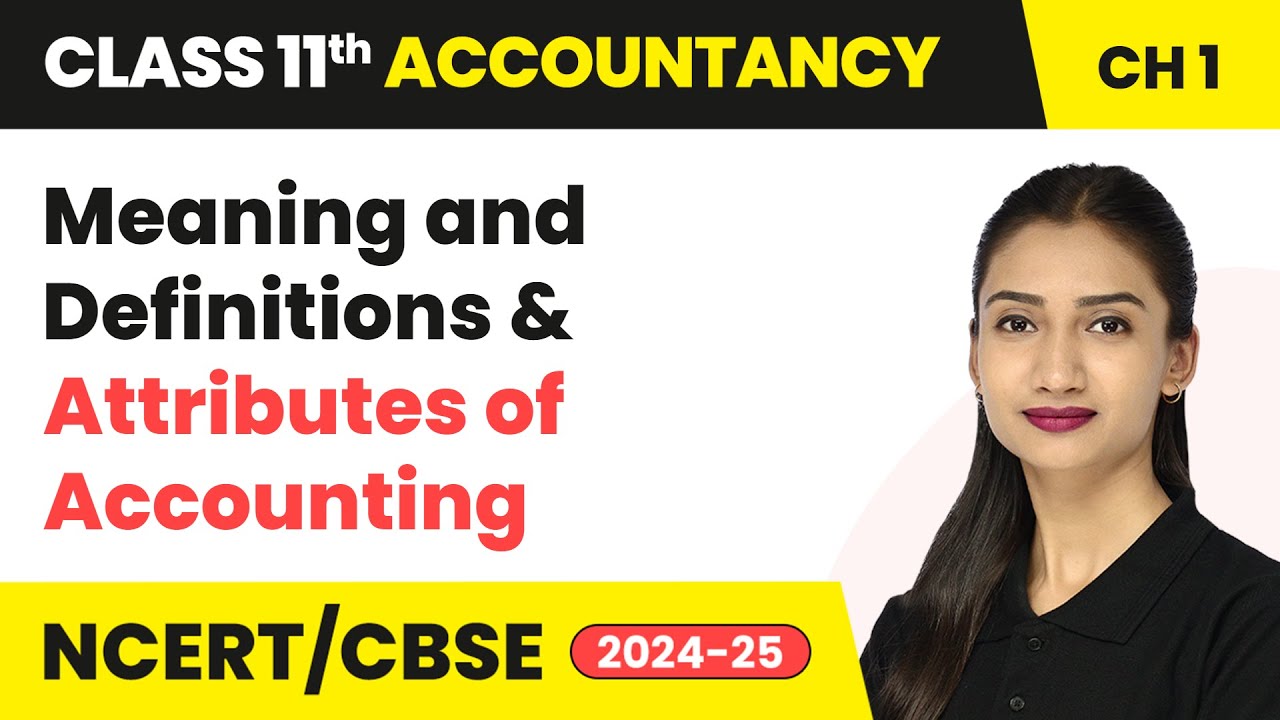Summarizing Business Information into Financial Reports
Summary
TLDRThis session focuses on simplifying the process of creating financial reports by summarizing business transactions. It emphasizes understanding the basics of assets, liabilities, equity, income, and expenses, using relatable examples to demystify accounting terms. The goal is to help managers, not accountants, become skilled at reading and interpreting financial statements, especially balance sheets and income statements. The session encourages practical learning through real-life case studies and ensures that participants can confidently create their own financial reports without complex accounting jargon.
Takeaways
- 😀 Financial reports, like Balance Sheets and P&L Statements, summarize business transactions and give a clear picture of a company's position and performance.
- 😀 Accounting is not just about processing complex information but applying common sense to understand business transactions and convert them into meaningful reports.
- 😀 Key accounting terms to understand: Asset (resources with future benefit), Liability (future obligations), and Equity (owner’s claim on business after liabilities).
- 😀 Assets are anything that provide future value or benefit, such as a phone or a laptop. If they no longer provide future value, they are no longer assets.
- 😀 Liabilities are future outflows or obligations. For example, if you owe money, it's a liability until it's paid off.
- 😀 Equity is what remains for the owner after paying off liabilities, essentially the net worth of the business.
- 😀 Income is the main revenue stream of a business, while expenses are the costs incurred to generate that income.
- 😀 The difference between income and expenses determines the profit of a business, which reflects its performance over time.
- 😀 Accounting focuses not just on past transactions but also on the future—what will happen, not just what has happened.
- 😀 Common sense is key to understanding and categorizing business transactions correctly into assets, liabilities, equity, income, and expenses, enabling the creation of accurate financial reports.
Q & A
What is the main goal of the live class mentioned in the video?
-The main goal of the live class is to teach students how to create meaningful financial reports, specifically balance sheets and income statements, by observing business transactions and applying basic common sense.
How does the instructor aim to simplify the complex concept of financial reporting?
-The instructor simplifies the concept by using common examples from everyday life, such as describing assets, liabilities, and equity in relatable terms, and encourages students to rely on their common sense rather than getting overwhelmed by technical jargon.
What are the three key financial reports mentioned in the video?
-The three key financial reports are the balance sheet (position of the company), the income statement (performance of the company), and the cash flow statement (liquidity of the company). However, the video focuses only on the balance sheet and income statement for the live session.
What is an asset in accounting, and how does the instructor define it?
-An asset is anything that provides future benefits or value. The instructor uses the example of a 'best friend' to explain that an asset is something that offers positive value or resources, and it must have future utility or inflows associated with it.
How does the instructor explain liabilities and give an example?
-Liabilities are obligations that require a future outflow of resources. The instructor uses the example of a loan: if you owe money to someone and have to pay it in the future, that represents a liability. Liabilities are defined by the future obligation to pay, not past payments.
What role does equity play in a business, according to the video?
-Equity represents the owner's claim on the business after all liabilities are settled. It's the remaining value after subtracting liabilities from assets. The instructor uses an example where if a business has assets of 100 rupees and liabilities of 60 rupees, the owner's equity is 40 rupees.
What is the difference between income and expenses as explained in the video?
-Income is the revenue a business earns from its core activities, such as manufacturing and selling products. Expenses are the costs incurred to earn that income, such as raw materials, marketing, and distribution. The net income or profit is the difference between income and expenses.
Can you explain the concept of depreciation as introduced in the video?
-Depreciation refers to the reduction in the value of an asset over time. The instructor compares it to the aging of a mobile phone, where its value decreases as it gets older and less useful. Depreciation is considered an expense that reduces the value of long-term assets.
Why does the instructor stress the importance of common sense in financial reporting?
-The instructor emphasizes common sense because understanding financial reports doesn’t require advanced accounting skills. By categorizing transactions into assets, liabilities, equity, income, and expenses, students can process information easily and create meaningful reports with minimal help.
How does the instructor differentiate between income for a business and income for a property dealer?
-For a business like Maruti Suzuki, income comes from selling cars, which is its core activity. For a property dealer, income is earned by facilitating a sale, not from the total value of the property sold. Only the commission earned (e.g., 2 lakh out of a 50 lakh sale) is considered income.
Outlines

Esta sección está disponible solo para usuarios con suscripción. Por favor, mejora tu plan para acceder a esta parte.
Mejorar ahoraMindmap

Esta sección está disponible solo para usuarios con suscripción. Por favor, mejora tu plan para acceder a esta parte.
Mejorar ahoraKeywords

Esta sección está disponible solo para usuarios con suscripción. Por favor, mejora tu plan para acceder a esta parte.
Mejorar ahoraHighlights

Esta sección está disponible solo para usuarios con suscripción. Por favor, mejora tu plan para acceder a esta parte.
Mejorar ahoraTranscripts

Esta sección está disponible solo para usuarios con suscripción. Por favor, mejora tu plan para acceder a esta parte.
Mejorar ahoraVer Más Videos Relacionados

Video Riset 33

BELAJAR ACCURATE ONLINE 1 - MENYIAPKAN DATA USAHA PERUSAHAAN DENGAN ACCURATE ONLINE

Cara Input Bukti Memorial (Adjusment) || Myob PT. SEJAHTERA || Part. 7

QuickBooks Online 2024: How to Categorize Expenses

Meaning and Definitions & Attributes of Accounting | Class 11 Accountancy Chapter 1 | CBSE 2024

Cara Baca Laporan Keuangan Untuk Memahami Perusahaan (Analisa Fundamental Untuk Pemula)
5.0 / 5 (0 votes)
